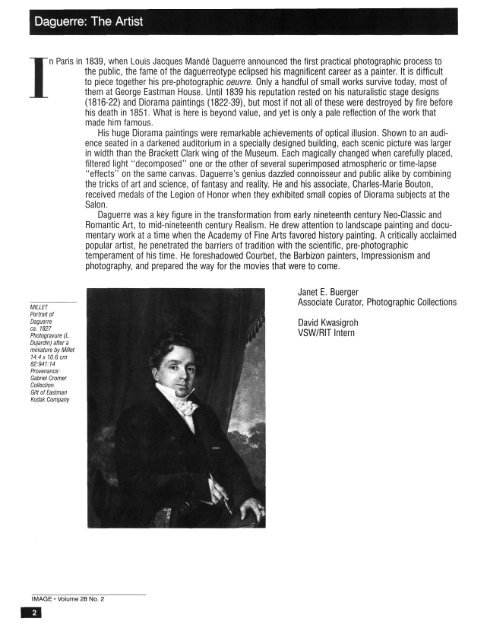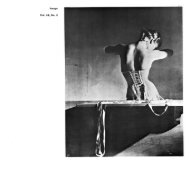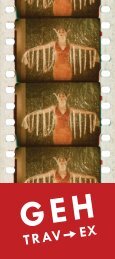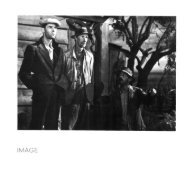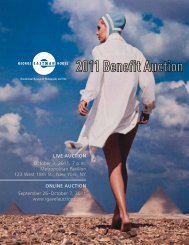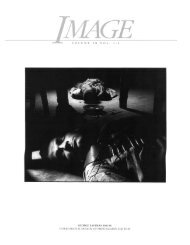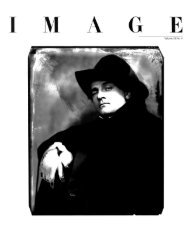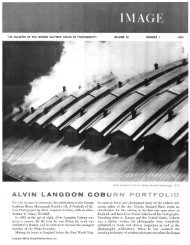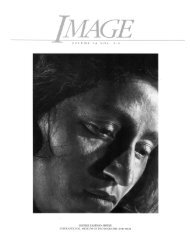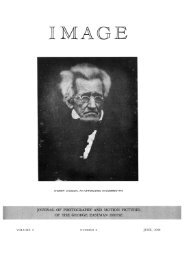Table of Contents - Issues of Image Magazine - George Eastman ...
Table of Contents - Issues of Image Magazine - George Eastman ...
Table of Contents - Issues of Image Magazine - George Eastman ...
You also want an ePaper? Increase the reach of your titles
YUMPU automatically turns print PDFs into web optimized ePapers that Google loves.
Daguerre: The Artist<br />
In Paris in 1839, when Louis Jacques Mande Daguerre announced the first practical photographic process to<br />
the public, the fame <strong>of</strong> the daguerreotype eclipsed his magnificent career as a painter. It is difficult<br />
to piece together his pre-photographic oeuvre. Only a handful <strong>of</strong> small works survive today, most <strong>of</strong><br />
them at <strong>George</strong> <strong>Eastman</strong> House. Until 1839 his reputation rested on his naturalistic stage designs<br />
(1816-22) and Diorama paintings (1822-39), but most if not all <strong>of</strong> these were destroyed by fire before<br />
his death in 1851. What is here is beyond value, and yet is only a pale reflection <strong>of</strong> the work that<br />
made him famous.<br />
His huge Diorama paintings were remarkable achievements <strong>of</strong> optical illusion. Shown to an audience<br />
seated in a darkened auditorium in a specially designed building, each scenic picture was larger<br />
in width than the Brackett Clark wing <strong>of</strong> the Museum. Each magically changed when carefully placed,<br />
filtered light "decomposed" one or the other <strong>of</strong> several superimposed atmospheric or time-lapse<br />
"effects" on the same canvas. Daguerre's genius dazzled connoisseur and public alike by combining<br />
the tricks <strong>of</strong> art and science, <strong>of</strong> fantasy and reality. He and his associate, Charles-Marie Bouton,<br />
received medals <strong>of</strong> the Legion <strong>of</strong> Honor when they exhibited small copies <strong>of</strong> Diorama subjects at the<br />
Salon.<br />
Daguerre was a key figure in the transformation from early nineteenth century Neo-Classic and<br />
Romantic Art, to mid-nineteenth century Realism. He drew attention to landscape painting and documentary<br />
work at a time when the Academy <strong>of</strong> Fine Arts favored history painting. A critically acclaimed<br />
popular artist, he penetrated the barriers <strong>of</strong> tradition with the scientific, pre-photographic<br />
temperament <strong>of</strong> his time. He foreshadowed Courbet, the Barbizon painters, Impressionism and<br />
photography, and prepared the way for the movies that were to come.<br />
Janet E. Buerger<br />
Associate Curator, Photographic Collections<br />
David Kwasigroh<br />
VSW/RIT Intern<br />
IMAGE • Volume 28 No. 2<br />
2


